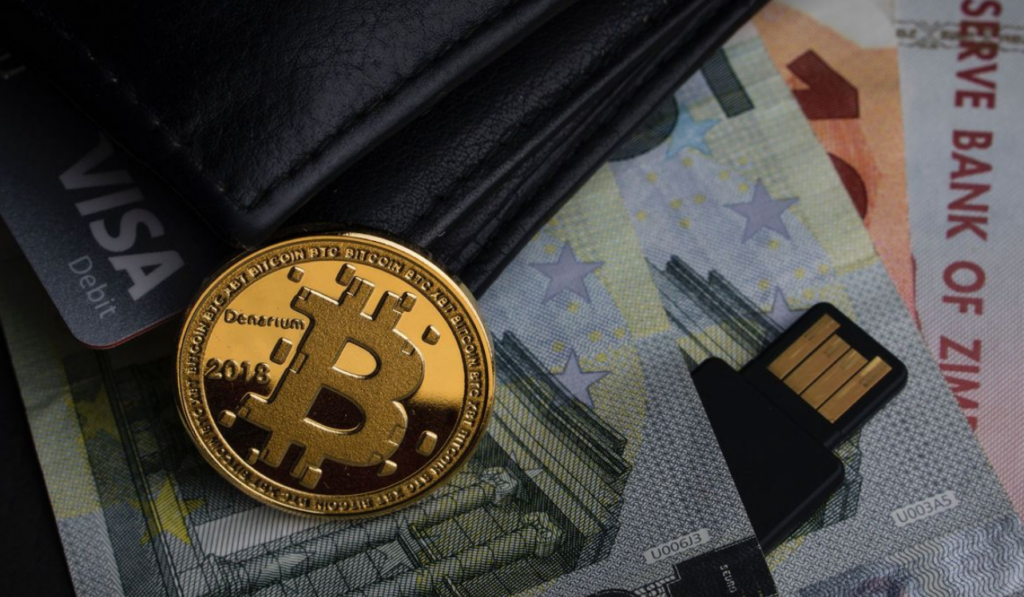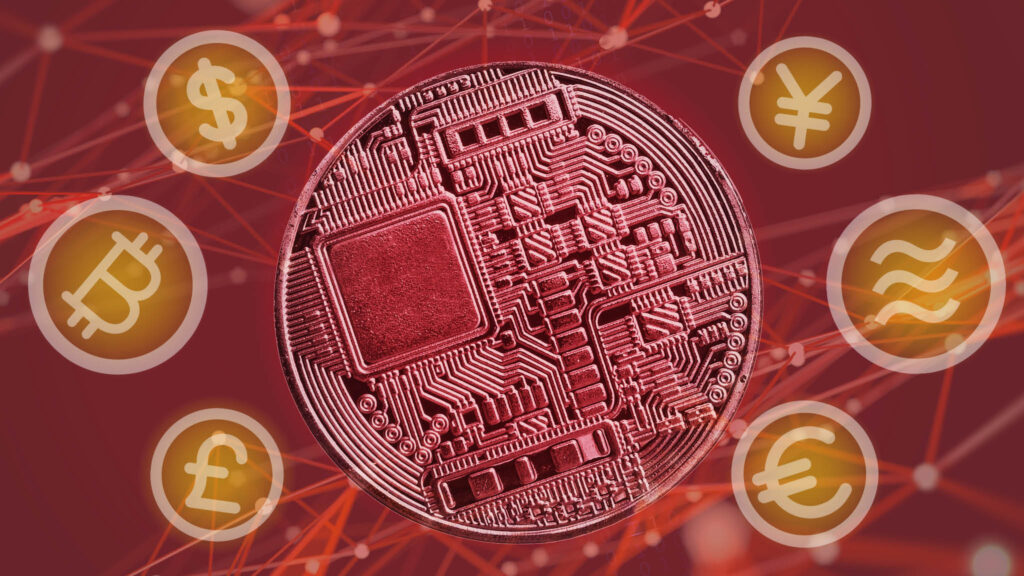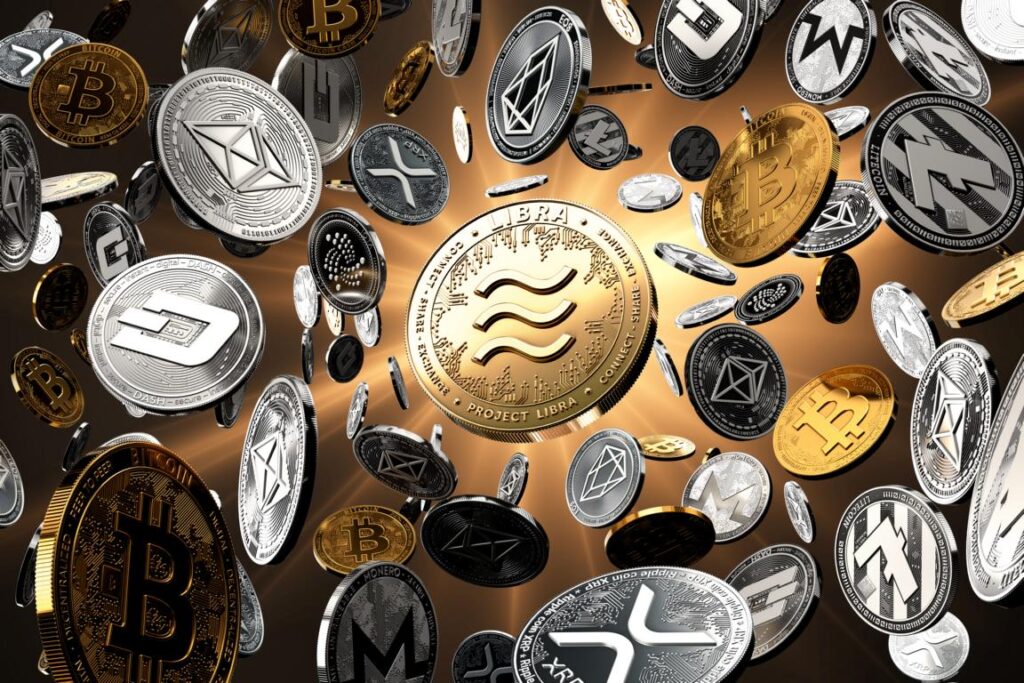Digital currencies and cryptocurrencies have grown in popularity since the launch of Bitcoin in 2008 by an enigmatic entity known only by the pseudonym Satoshi Nakamoto. Governments and central banks are considering how digital currencies could be used alongside, or possibly replace, fiat currency, which has sparked a surge in interest in digital currencies.
In this article, you will find the answers to the most rising question these days. Read on to find out.
What is Money in the First Place?

Img source: themakingofamillionaire.com
Let’s take a step back and look at money in general before we get into digital currencies.
We use the money on a daily basis, but we rarely pause to consider what it is. Money’s nature has evolved significantly over time. Coins were made from material with intrinsic value, such as gold or silver, in the first forms of money.
Gold and silver coins were phased out over time, and paper banknotes were introduced in their place. These paper bills were backed by definite amounts of goods and could be exchanged for them. As a result, these banknotes were dubbed as “representative money.”
You could understand fiat currencies by understanding what operates in the markets today, such as dollars or euros. These currencies are not backed by physical assets like gold. Therefore, they have no intrinsic value. Their worth stems from their ability to be trusted.
It is widely acknowledged that money must possess three distinct traits in order to be effective.
- Money has to be a reliable store of value.
- It should be a monetary unit.
- Last but not least, money must function as a means of exchange.
Are Cryptocurrencies the Future’s Money?

Img source: juliusbaer.com
Bitcoin or some other famous cryptocurrency, according to proponents, will be the future of money. While technology has undoubtedly been one of the most significant developments of the twenty-first century, there are still some concerns about the usage of cryptocurrencies as money — at least in their current form.
Login to crypto-engines.com/pl/login and start trading in digital currencies and make a profit.
The most apparent issue is their volatile behavior. More pricing stability would be required to be employed in day-to-day transactions. They can be exchanged for products and services because of price stability. As previously stated, it is commonly understood that money must operate as a store of value in order to function correctly. It’s hard to know how cryptocurrency could meet this requirement. As an example, consider Bitcoin. Bitcoin’s price is highly variable. The price varied by nearly 100 percent in 2024 alone.
Bitcoin is also primarily regarded as a speculative asset. People buy Bitcoin in the hopes that its value will rise in the future. People are naturally hesitant to spend Bitcoin on products and services if they believe the price of Bitcoin will increase. As a result, its utility as a means of exchange is called into question.
Bitcoin has changed the financial system, despite its flaws. As a result, central banks and governments worldwide are striving to adopt the concept and develop their own centrally controlled digital currencies that citizens may use as digital cash.
Digital Currencies of Central Banks

Img source: ft.com
The most likely kind of digital currency technology adaptation will be Central Bank Digital Currencies (CBDCs). At least 80% of central banks were studying the establishment of their own digital currencies, according to a 2018 poll performed by the Bank of International Settlements (BIS).
CBDCs are distinct from cryptocurrencies in a way that they are issued and distributed by a central bank. The central bank would retain control over the currency’s supply and would be able to directly manage its value through monetary policy.
Initiating the CBDC plan, the Bank of England (BOE) was the pioneer. The following are the possibilities for adopting a central bank digital currency from various central banks, such as the China People’s Bank, Chinese People’s Bank of China, the Bank of Canada, the Central Bank of Uruguay and Thailand, Venezuela, and Singapore, among others.
It Is More Practical To Coexist

Img source: crypto-news-flash.com
It appears that Bitcoin will not be able to completely replace the rupee, dollar, or any other kind of paper money. It is more practical that the two coexist, which is why restrictions become more vital. Cryptocurrencies are currently subject to tweets or comments from fundamental investors, actors, stakeholders, observers, and even government decisions. It will be protected against all of this by a regulatory framework.
Another point is that while there are many cryptocurrencies on the market right now, only a few of them, such as Bitcoin and Ethereum, are worth taking seriously. Dogecoin, Shiba Inu, and other meme coins do not, and should not, inspire the same amount of trust. As a result, someone will have to decide at some point which cryptocurrencies can be acknowledged and exist in the system.
Most investors haven’t considered cryptocurrency as a payment option. In comparison to the stock market or mutual funds, they use it to invest money and expand it swiftly. This is why many coins haven’t changed their IP address in the last several years, implying that most people hoard them.
Without a doubt, digital currency is the way of the future. Physical wallets are likely to become obsolete before the end of this decade, and you will store money on your cell phones, but it is unlikely to be crypto.
Bitcoin, Ethereum, Ripple, and other cryptocurrencies are likely to continue to be a part of our lives in the future, whether as money, investment options, commodities, assets, or in some other form.
Conclusion
The epidemic of COVID-19 appears to have increased the move toward cashless transactions. Many companies have stopped accepting cash payments in order to minimize the spread of the virus. Digital currencies would aid the transition away from cash and toward a digitized economy.
In the payments area, digital currencies are a highly intriguing and exciting phenomenon. Whether the technology is employed to establish a cheaper, faster cross-border payment system or the future digital currency, a shift to a digital economy appears to be unavoidable.



